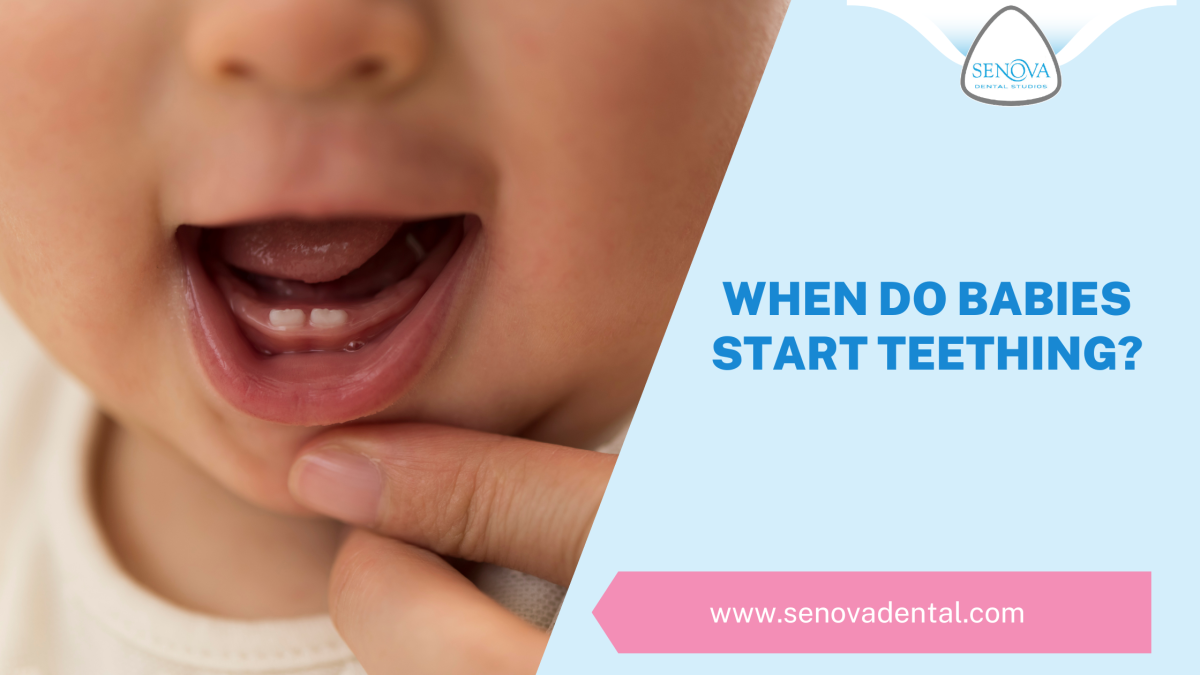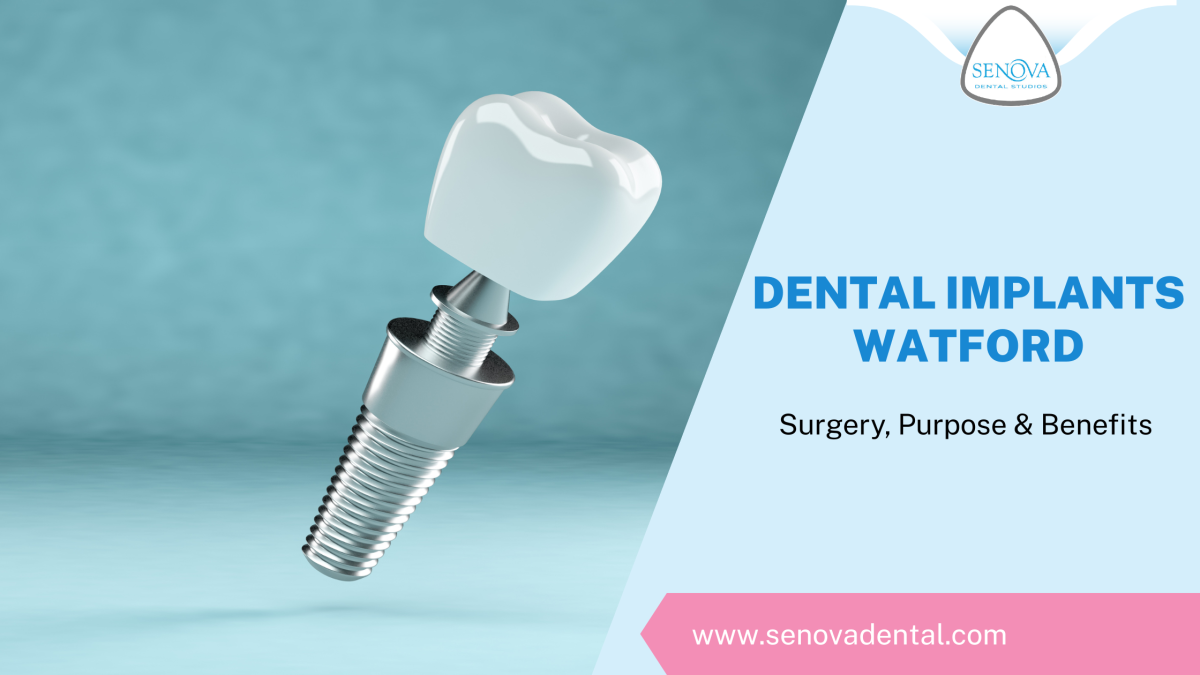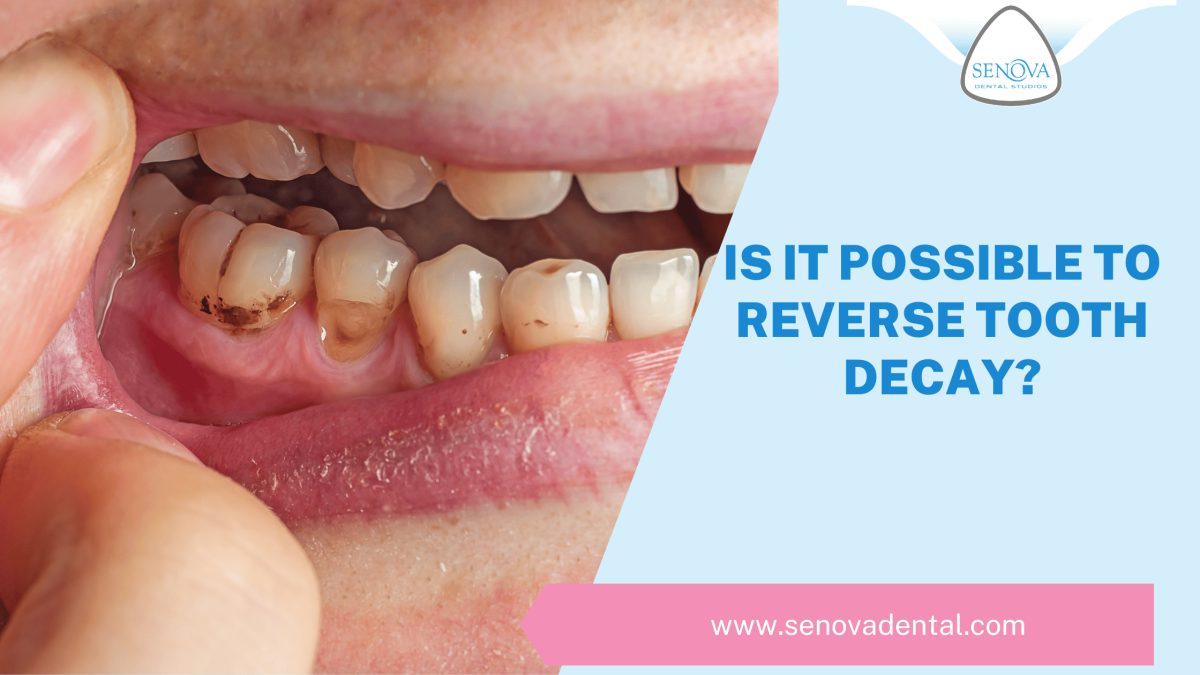
If you have just been blessed with a baby, you might be wondering about when they will start teething, among other things. Often, first-time parents get worried that their child hasn’t grown any teeth or what time their baby’s first milk will come in. If you want to know more about teething in babies, this blog is for you. So, continue reading to learn more about baby teething times and eruption patterns.
What Is Teething?
According to the British National Childbirth Trust, teething refers to the process of eruption of the teeth through the gums. One of the common signs of baby teething is irritation and swelling around the soft tissues where the tooth is erupting.
When Should Newborn Babies Start Teething?
According to the American Academy of Pediatrics, babies typically start teething between the ages of 4 and 7 months. However, there is variation between these timelines. Some babies may grow teeth earlier than 4 months while others may only begin teething after 7 months. However, If a baby doesn’t grow their first tooth by 9 or 10 months of age, parents should take them to the children’s dentist for radiographic evaluation.
What Is The Normal Eruption Pattern Of Teeth?
Typically, the front two teeth (upper or lower) come in first. For example, if the upper two front teeth (maxillary) come in first, their opposing lower ones (mandibular) will follow. Once the front teeth have come in, the back molar teeth begin to erupt. Finally, the canine teeth (the nose teeth) come in a baby’s mouth. Again, it is possible to observe variations in this eruption pattern.
Can A One-Month-Old Be Teething?
In some babies, teething may start as early as 3 months. According to the NHS, some babies are even born with their first teeth. However, these occurrences are seen rarely. If a baby grows their first tooth by their first month, their dentist may consider removing it so that it doesn’t injure the child’s soft tissues.
How Do You Know When Babies Are Teething?
Here are some typical signs which may indicate baby teething:
- Raised Temperature – teething babies often have raised body temperatures
- Drooling and Irritability – these are among the most common signs of teething
- The Desire to Chew on Hard Objects – this is due to the irritation caused by the tooth eruption process.
What Should I Expect When My Baby Starts Teething?
Teething can be a tough period for the babies. During this phase, your child may become cranky and may wake up from sleep frequently. One of the ways to reduce their discomfort is to give them teething toys to bite on. These toys help reduce the irritation. Similarly, you can massage the soft tissues covering the tooth which helps with tooth eruption. Playing or cuddling with them helps divert their attention and improves their mood.
Can Babies Get Fevers From Teething?
Many parents observe that their babies get a fever during teething. However, according to Healthline, there is no scientific evidence available to prove this connection. While it is true that teething babies have raised body temperatures, this temperature spike is not high enough to cause fever.
What Are Some Tips For Dealing With Teething Pain In Babies?
As mentioned earlier, there are ways to minimise the baby’s discomfort during teething. Some of these are:
- Teething Toys – teething toys help reduce the baby’s pain and irritation. However, baby teethers should be made of firm rubber. Moreover, frozen teethers tend to get too hard and may injure your child’s oral soft tissues
- Massage – rubbing the baby’s gums with your fingers helps reduce the discomfort
It is not advisable to use teething gels to reduce pain as they have been shown to cause more harm than good.
What If A Baby Gets The Upper Teeth First?
Typically, the lower teeth come in the mouth before the upper ones. However, this doesn’t always happen. In some cases, the upper ones come before the lower ones. If a baby grows their upper teeth first, there is nothing to worry about as long as all the teeth come in timely.
Why Does A Baby’s Teeth Fall Down Before 7 Years?
Humans have two sets of teeth: primary and permanent. The primary teeth, also called the milk teeth, appear during the early years of life and begin to fall off – and get replaced with permanent ones – by the age of 7. So, the primary teeth fall off to allow the permanent ones to come in and remain there for life. If a permanent tooth falls off, it is not replaced with another natural tooth. Instead, it is replaced with an artificial tooth such as an implant-supported prosthesis.
What’s The Purpose Of Baby Teeth?
The baby teeth can be considered as placeholders for their permanent counterparts. They also help the child learn how to eat and speak. So, by the age of 7, the milk teeth begin to fall off and are replaced with their permanent successors.
Do Babies Already Have Adult Teeth Waiting?
Did you know that your permanent teeth are present inside your jaw right from the beginning? However, they only start to appear in the mouth when the milk teeth start to fall off, which typically occurs around the age of 7. So, once it is time for the permanent tooth to come in, it starts moving outwards, pushing the milk tooth. As a result, the milk tooth becomes mobile and ultimately falls off. This provides space for the underlying permanent tooth to erupt without disruption.
If you want to know more about teething patterns for your baby in Watford, you should consider visiting Senova Dental Studios. Our expert dentists are there to take care of your entire family’s dental needs. Download a voucher now for a refund of your initial assessment worth £85 and let us take it from there.
- Emergency Dentistry: When To Seek Emergency Dental Treatment? - October 31, 2025
- Dental Implants Watford: Surgery, Purpose & Benefits - August 31, 2025
- What Kind Of Dentist Does Implants? - December 1, 2024




